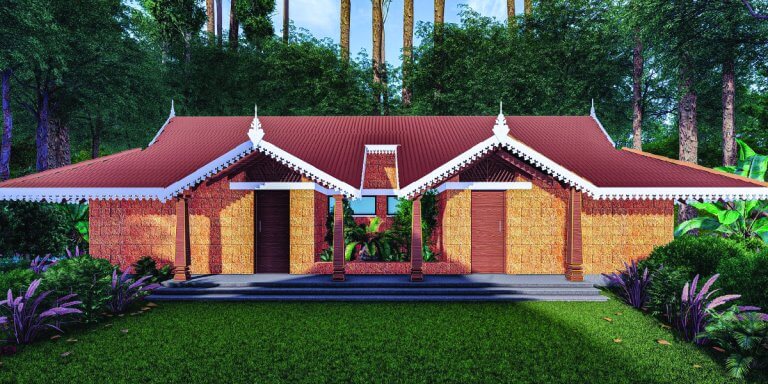Barista, friend, how nice to see you out here in the Kona coffee fields with me where you can really smell the coffee! The Kona coffee agriculture land for sale near bangalore and the barista had been friends for many years. This late summer visit was the barista’s opportunity to get as close to the source of the beans as possible and renew his perspective of the beans he sold everyday on the mainland. Their day started before sunrise with a freshly brewed cup of 100% Kona coffee which they sipped as the sun started to appear in the background.
July to December is a busy time in Kona’s coffee fields. This is when the majority of Kona coffee is harvested. The small mills that process the raw coffee are in full operation with coffee processing that comes from many different farms around Kona. There are many burlap sacks with freshly picked coffee cherries already delivered for sale by the pound. The Kona coffee farmer began to explain the scene to his barista friend: our pickers pick between one hundred to three hundred pounds a day during the harvest season and they get paid by the pound. See those cherry stations outside the mill? They are used to inspect for freshness and color before the cherries can be put into the chute for the coffee pulper. The barista said, yes, that is for the wet milling process, right? The Kona coffee farmer replied, yes, that is something that takes place at the end of each day when all the coffee cherry is brought in for inspection.
By now, the barista and his coffee farmer friend had arrived near the cherry pulper. They could observe the metal cylinder with stripping knobs that basically squeezes and removes the husks from the coffee beans. The coffee farmer said: Ah! What a nice aroma. That is fresh coffee. As fresh as you can get. The barista replied, yes,but a little pungent to the taste. They both laughed and continued their walk around the mill.
They stopped in front of some giant holding tanks of water used for soaking the beans for about 10 to 20 hours, usually overnight. A truck sped by loaded with husks destined to be used in the coffee fields as fertilizer. The barista then said to his coffee farmer friend: are the husks used for anything else different from fertilizer in Hawaii? The coffee farmer said, no, the primary use we have for the husks is fertilizing the fields. Why do you ask that? The barista explained: I read recently about a very interesting use of the husks and other coffee waste in Colombia for the production of a wood composite material for housing. Very innovative, durable and apparently now widely used housing building material for low cost housing in that country.
By now, the barista and his coffee farmer friend had arrived to the drying decks. This is where the natural drying process takes place for the beans carted out of the soaking tanks. The process usually takes one week. It is considered to be the best method for retaining more of the coffee’s natural flavor. The barista asked why some of Kona’s older farms had what looks like “false pitched roofs.” He inquired if they have anything to do with coffee drying. The coffee farmer said, yes, indeed. That is an interesting question. These false roofs, or “hoshidanas” as they are called, were developed by Japanese farmers during the 1800’s. They are still widely used and seen in Kona. The “false pitched roofs” slide back on rollers in order to receive the sun light. They close up to protect the drying coffee from the rain storms that happen so often around here. The coffee farmer remarked: pretty neat system, would you agree? The barista said: yes, necessity is the mother of invention.
